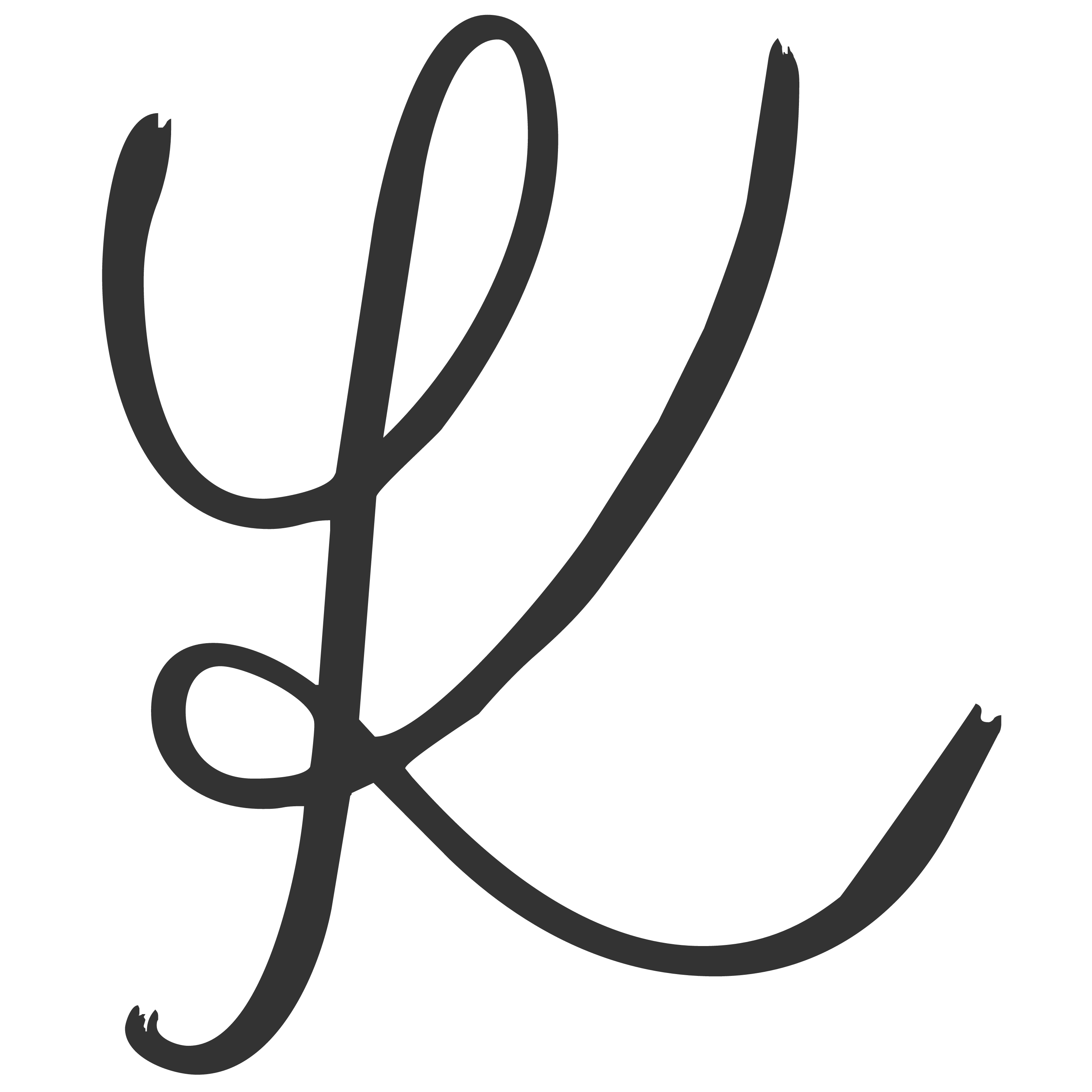Kaleidoscopes
Our high quality kaleidoscopes are made of solid brass with grade mirrors and lenses. Also and especially adults will enjoy these optical instruments. We deliver the kaleidoscopes in a gift box.
For each kaleidoscope you will find a video of the view through the lens.
For each kaleidoscope you will find a video of the view through the lens.
1 to 7 (from a total of 7)
















